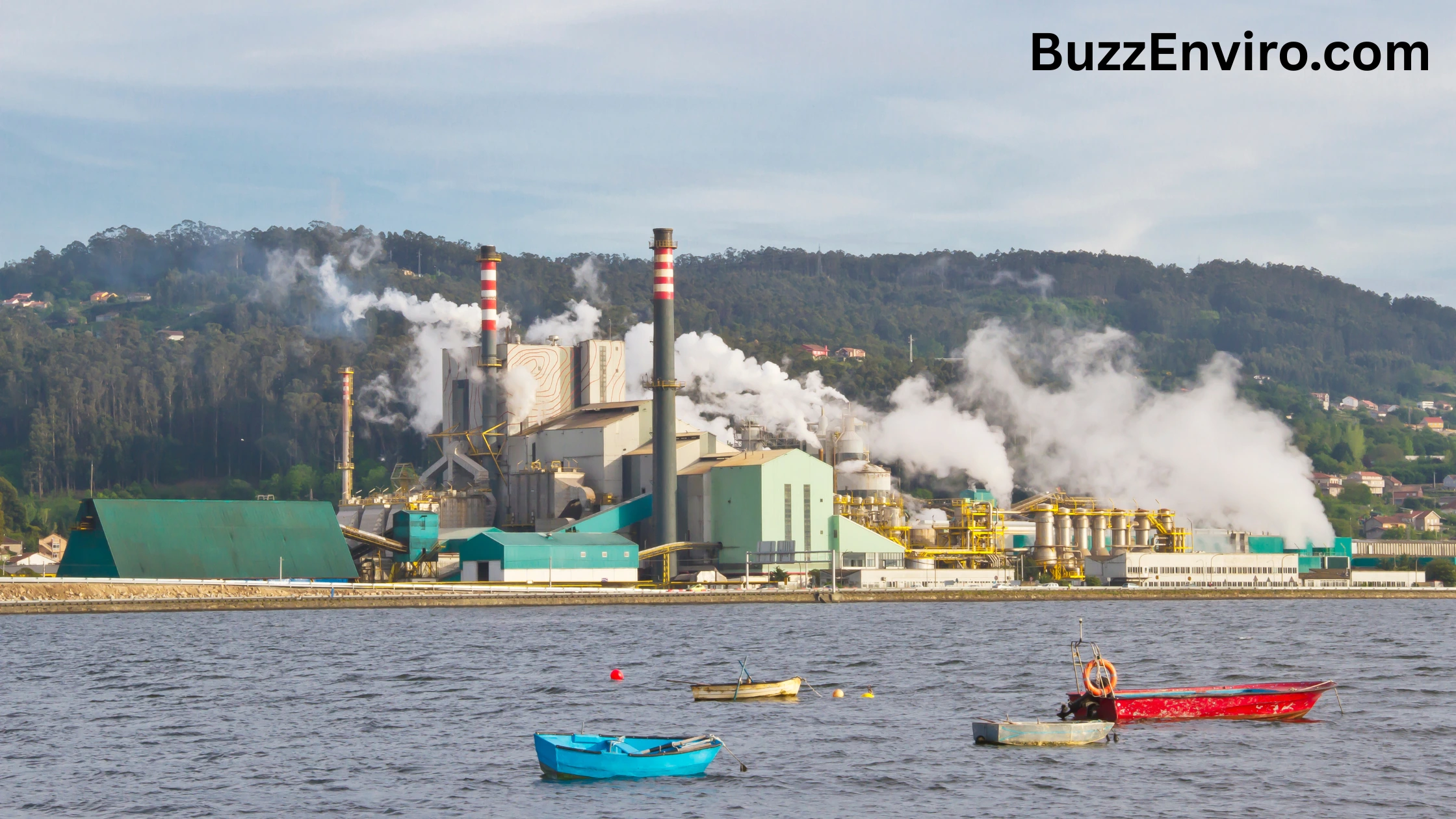When we hear the word “rainforest” we often think of the lush, tropical rainforest of South America, Africa, and Southeast Asia. These regions are known for their incredible biodiversity and are home to millions of species of plants and animals.
However, many people don’t realize that rainforests can also be found in other parts of the world, and they too are under threat. Rainforests exist in several different types of ecosystems, including temperate rainforests, cloud forests, and monsoon forests. While these ecosystems may not have the same level of biodiversity as tropical rainforests, they are still home to unique and important species, many of which are threatened by habitat loss and other human activities.
List of Tropical Forest Under Threat
1. Temperate Tropical Rainforest

Temperate rainforests can be found in several parts of the world, including the Pacific Northwest of North America, parts of New Zealand, and southern Chile. These forests are characterized by mild, wet winters and cool summers and are home to a variety of plant and animal species, including Sitka spruce, western hemlock, and Douglas fir trees, as well as black bears, elk, and salmon.
However, temperate rainforests are under threat from a variety of human activities, including logging, mining, and urbanization. In the Pacific Northwest, for example, logging has reduced old-growth forests by over 90%, causing a decline in species such as the northern spotted owl and marbled murrelet.
2. Cloud Forests

Cloud forests are found in mountainous regions in tropical and subtropical areas, such as the Andes, the Himalayas, and the Caribbean. These forests are characterized by their persistent low-level cloud cover, which provides moisture for plants and creates a unique microclimate. Cloud forests are home to a variety of species, including orchids, ferns, and hummingbirds.
However, cloud forests are under threat from deforestation, which is often driven by the demand for agricultural land or timber. In some areas, cloud forests have been reduced to just a few isolated fragments, which can make it difficult for species to move between areas and can increase the risk of extinction.
3. Monsoon Tropical Forests

Monsoon forests are found in areas with a tropical monsoon climate, such as parts of India, Southeast Asia, and northern Australia. These forests are characterized by distinct wet and dry seasons and are home to a variety of species, including tigers, elephants, and orangutans.
However, monsoon forests are under threat from a variety of human activities, including deforestation, habitat fragmentation, and the expansion of agriculture. In Indonesia, for example, large areas of monsoon forest have been converted to palm oil plantations, which has led to a decline in species such as the Sumatran tiger and the orangutan.
How to Protect Tropical Rainforest?
While the location of tropical rainforests may receive the most attention, it’s important to remember that other types of rainforests are under threat as well. Protecting these ecosystems is crucial for maintaining biodiversity and ensuring the survival of many species.
1. Supporting sustainable forestry practices that protect old-growth forests and reduce the impact of logging.
2. Promoting the use of alternative materials to reduce demand for timber and other
forest products.
3. Encouraging the use of renewable energy sources to reduce the demand for fossil fuels, which can lead to deforestation and habitat loss.
4. Supporting conservation efforts that protect rainforest habitats and the species that depend on them.
5. By working together to protect rainforests, we can help ensure that these unique and
important ecosystems continue to thrive for generations to come.
Conclusion
In conclusion, while the tropical rainforests are often the focus of conservation efforts, it’s important to remember that other types of rainforests are also under threat. Temperate rainforests, cloud forests, and monsoon forests are all unique ecosystems that are home to a variety of species, and they are all facing challenges such as deforestation, habitat fragmentation, and the expansion of agriculture.
Protecting these rainforests is crucial for maintaining biodiversity and ensuring the survival of many species. By supporting sustainable forestry practices, promoting the use of alternative materials, encouraging the use of renewable energy sources, and supporting conservation efforts, we can help protect these important ecosystems and the species that depend on them.






